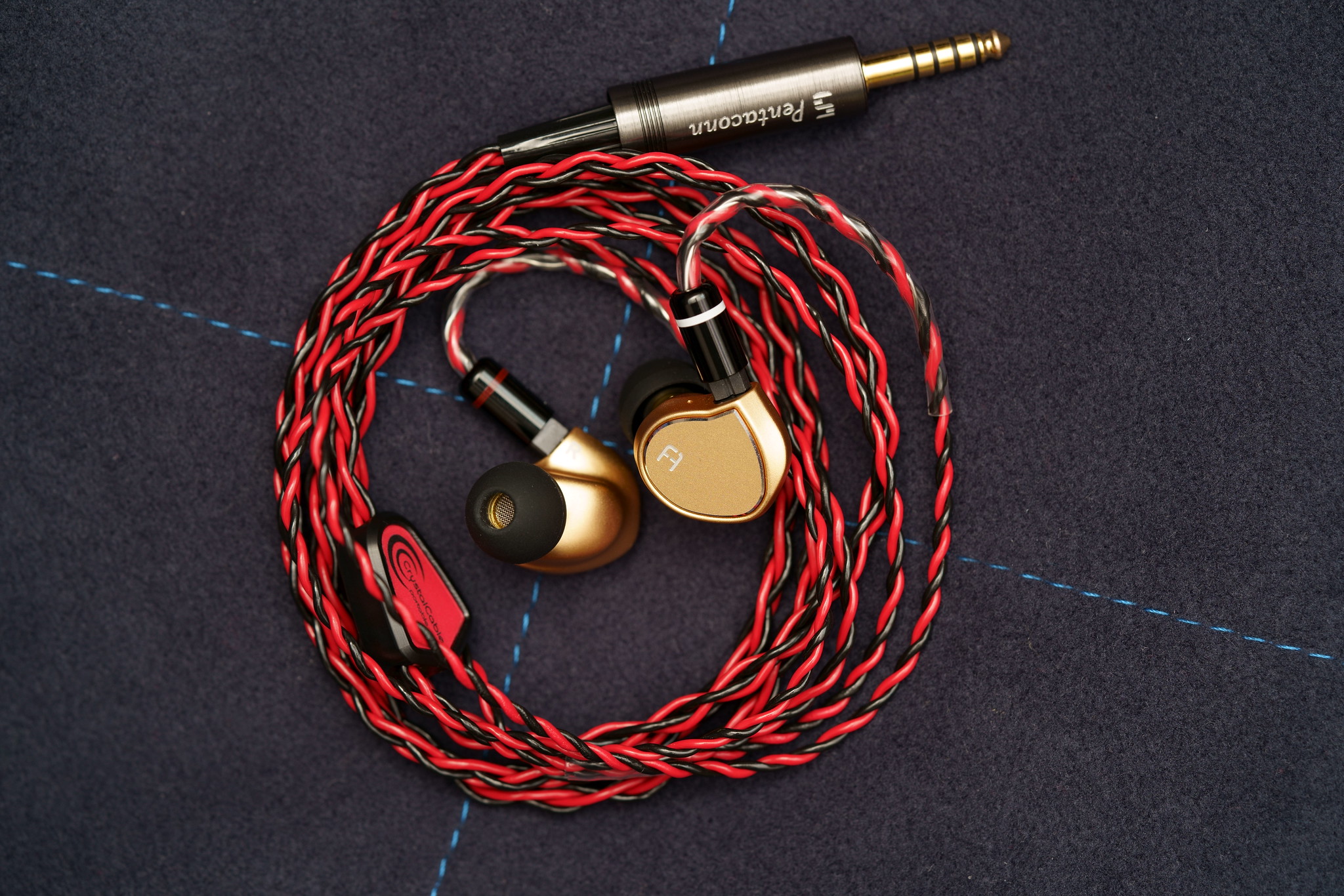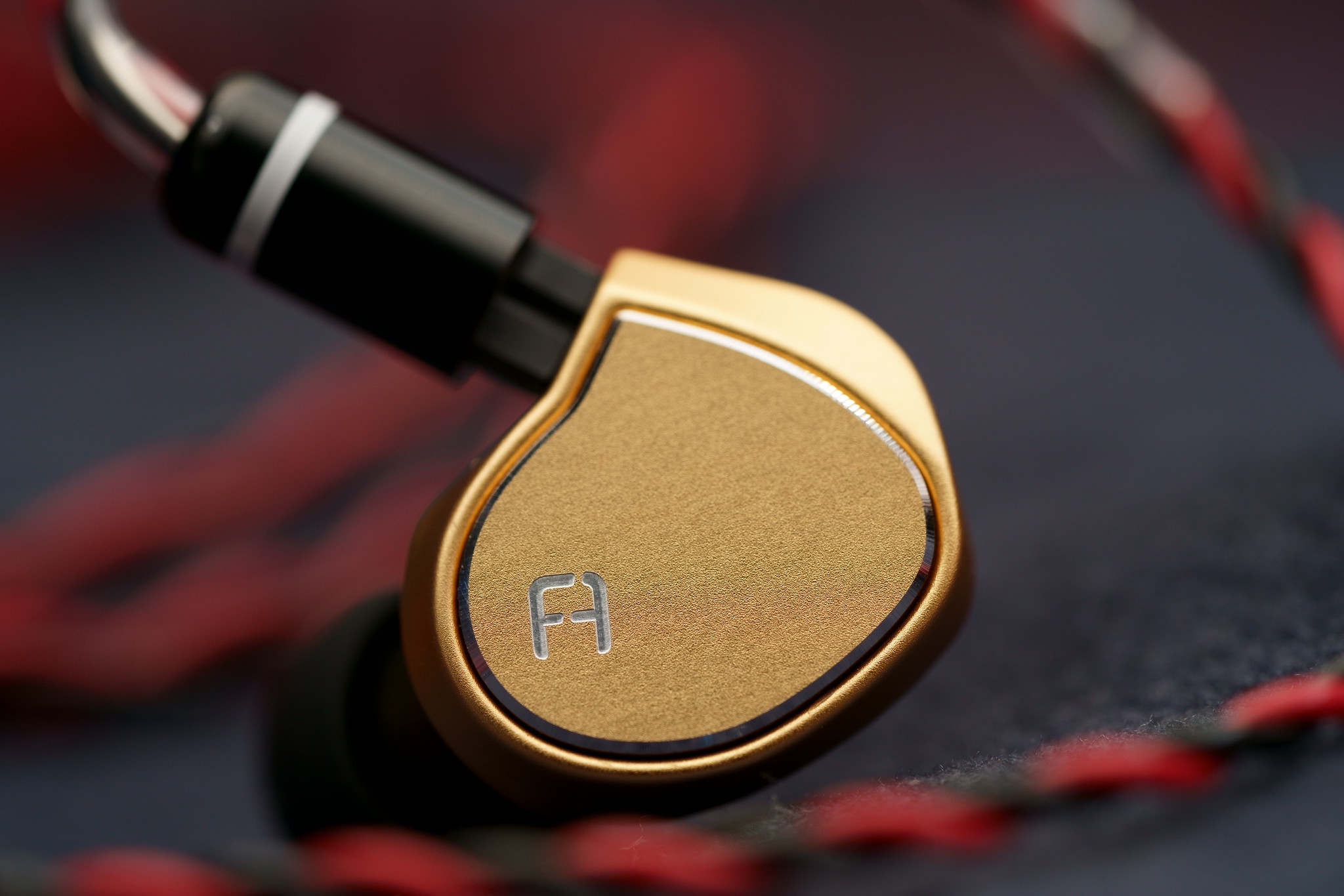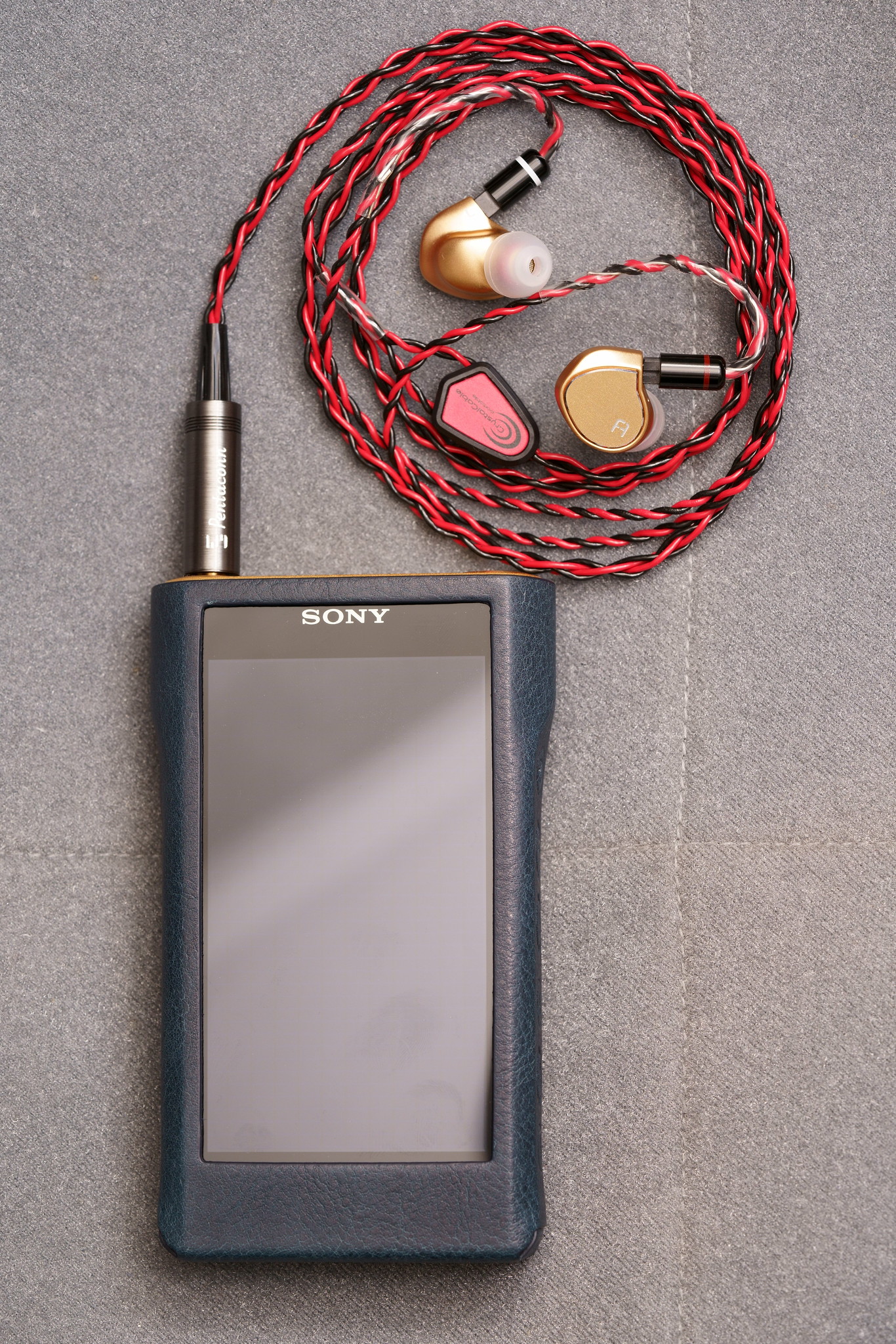Introduction
FAudio is an in-ear monitor manufacturer based in Hong Kong. The company was founded in 2014 by Fung Wong - former head engineer of Miniwatt - after years of OEM and OTM work.
Initially established as a reshelling service for third-party in-ear monitors, they eventually launched their own line-up of custom IEMs in 2016; dubbed KF. This line-up comprised of the KF2, KF4, KF5 and KF8. By virtue of performance and visual appeal - their cosmetics were lauded as both beautiful and affordable - they eventually became among the biggest names in Hong Kong. Following that was the FAudio Engine which implemented a whopping 22 balanced-armature drivers.
However, their biggest break yet occurred in 2018: The launch of a brand new custom IEM product line, as well as two single-DD universal IEMs. The former is comprised of four offerings: the 2-driver hybrid Scale, the 3-driver Chorus, the 5-driver Harmony and the 7-driver Symphony.
Uniquely, all four make use of a full-range balanced-armature driver - with additional drivers supporting and adding to it - rather than segregating each of them to specific frequency ranges. This is similar to Custom Art's flagship Harmony 8.2 (funnily enough) which uses a pair of full-ranged drivers supported by pairs of low, mid and high drivers as a natural EQ of sorts. In addition to that is an innovation they call T.C.T (True Crossover Technology), drawn from their experiences as both an OEM and a developer in the balanced-armature industry.
Complementing this line-up are two universal IEMs dubbed Major and Passion. Both are comprised of a single proprietary dynamic driver and FAudio's T.B.A.C (Triple Built-in Acoustic Chamber). What T.B.A.C does is treat the room between the driver and the listener's ear in three stages, as illustrated in the image below:
The Major is the flagship of the two with a double-layered 10.5mm dynamic driver, CNC'ed aluminium shells and an OFC (Oxygen-Free Copper) sound tube. In addition, the Major comes with FAudio's premium Black Sprite copper cable. The cable is comprised of Litz conductors, a high strand count and PE insulation - all indicative of a high-end, aftermarket cable already included in the Major's MSRP.
The Passion is the more affordable model with a 9mm dynamic driver and a stainless steel sound tube. But, it also comes with the Major's T.B.A.C technology and CNC'ed aluminium shells, so there's certainly some trickle-down there. The Passion was just released a week ago as of writing, so there haven't been many impressions of it out there online. Nevertheless, based on their recent slew of successes, anticipation for it is marvellously high on social media.
FAudio is an in-ear monitor manufacturer based in Hong Kong. The company was founded in 2014 by Fung Wong - former head engineer of Miniwatt - after years of OEM and OTM work.
Initially established as a reshelling service for third-party in-ear monitors, they eventually launched their own line-up of custom IEMs in 2016; dubbed KF. This line-up comprised of the KF2, KF4, KF5 and KF8. By virtue of performance and visual appeal - their cosmetics were lauded as both beautiful and affordable - they eventually became among the biggest names in Hong Kong. Following that was the FAudio Engine which implemented a whopping 22 balanced-armature drivers.
However, their biggest break yet occurred in 2018: The launch of a brand new custom IEM product line, as well as two single-DD universal IEMs. The former is comprised of four offerings: the 2-driver hybrid Scale, the 3-driver Chorus, the 5-driver Harmony and the 7-driver Symphony.
Uniquely, all four make use of a full-range balanced-armature driver - with additional drivers supporting and adding to it - rather than segregating each of them to specific frequency ranges. This is similar to Custom Art's flagship Harmony 8.2 (funnily enough) which uses a pair of full-ranged drivers supported by pairs of low, mid and high drivers as a natural EQ of sorts. In addition to that is an innovation they call T.C.T (True Crossover Technology), drawn from their experiences as both an OEM and a developer in the balanced-armature industry.
Complementing this line-up are two universal IEMs dubbed Major and Passion. Both are comprised of a single proprietary dynamic driver and FAudio's T.B.A.C (Triple Built-in Acoustic Chamber). What T.B.A.C does is treat the room between the driver and the listener's ear in three stages, as illustrated in the image below:
The Major is the flagship of the two with a double-layered 10.5mm dynamic driver, CNC'ed aluminium shells and an OFC (Oxygen-Free Copper) sound tube. In addition, the Major comes with FAudio's premium Black Sprite copper cable. The cable is comprised of Litz conductors, a high strand count and PE insulation - all indicative of a high-end, aftermarket cable already included in the Major's MSRP.
The Passion is the more affordable model with a 9mm dynamic driver and a stainless steel sound tube. But, it also comes with the Major's T.B.A.C technology and CNC'ed aluminium shells, so there's certainly some trickle-down there. The Passion was just released a week ago as of writing, so there haven't been many impressions of it out there online. Nevertheless, based on their recent slew of successes, anticipation for it is marvellously high on social media.
Last edited:






































